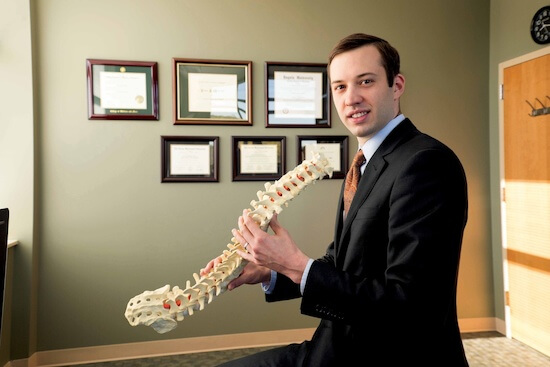Neurosurgery at Sibley Memorial Hospital

The neurosurgery team at Sibley Memorial Hospital provides comprehensive care of spinal disease and peripheral nerve pathology. Our team works in collaboration with our radiologist, physical and occupational therapist and pain management service to provide the most up-to-date and minimally invasive treatments for our patients. Some of the neurosurgical issues we treat include:
- Spinal stenosis
- Degenerative disc disease
- Herniated discs and sciatica
- Tumors of the spine and peripheral nerves, including metastatic tumors
- Spondlyolisthesis
Our neurosurgical team members have been recognized as leaders in the minimally invasive management of these spinal conditions. We welcome you to contact our physicians and schedule an appointment for a consultation.
Neurosurgery at Sibley Memorial Hospital is not a teaching service: all procedures are performed by the attending neurosurgeon. Neurosurgeons on staff include:
Sibley Memorial Hospital - Division of Neurological Surgery
Learn more about Sibley's Division of Neurological Surgery with Joshua Ammerman, M.D., Neurosurgeon, Division of Neurological Surgery and Matthew Ammerman, M.D., Neurosurgeon, Division of Neurological Surgery.
Minimally Invasive Spine Surgery
The spinal surgeons at Sibley Memorial Hospital are recognized experts and educators on the latest minimally invasive procedures to address a variety of degenerative conditions of the spine. These procedures, performed through incisions no bigger than a dime, leave minimal scars, minimize blood loss and result in less postoperative pain. Some minimally invasive procedures can be performed on an outpatient basis. These minimally invasive techniques can be applied to a vast array of conditions, ranging from spinal decompression for spinal stenosis to minimally invasive spinal fusion for collapsed and slipped vertebrae (spondylolisthesis) to correction of scoliosis. These minimally invasive techniques have been demonstrated to result in overall faster recovery for patients, leading to a quicker return to work and recreation.
An important principle of minimally invasive spinal surgery is that the soft tissues and muscles surrounding the spine are not cut but rather gently separated using special instruments. The minimally invasive techniques permit the surgeon to decompress the entire spinal canal while approaching it from only one side. This permits the surgeon to preserve many of the natural supportive structures of the spine and help to preserve the long-term stability of the spine, which is a benefit not available with traditional spinal surgery.



